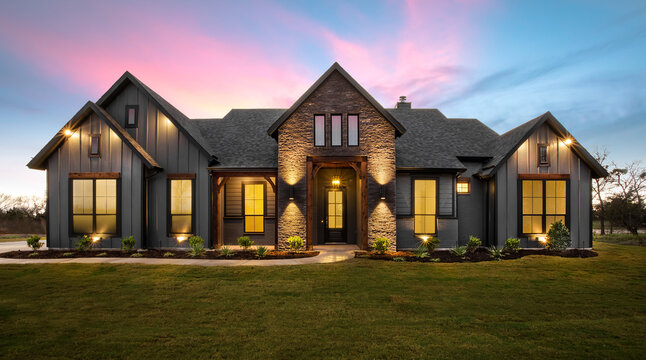With the growing popularity of dash cameras, choosing the right model for your vehicle can be overwhelming. Dash cameras vary widely in features, price, and performance, making it essential to understand what each model offers. This guide will compare different types of dash cameras and help you determine which model suits your needs.
Basic Dash Cameras
Features
Basic dash cameras typically offer essential features like continuous recording, loop recording, and G-sensor functionality. They are straightforward to use and are perfect for drivers who need a reliable, no-frills camera to document their journeys.
Pros
- Affordability: Basic dash cameras are generally the most budget-friendly option.
- Ease of Use: Simple setup and operation make these cameras accessible for all drivers.
- Essential Functions: They cover the fundamental needs of capturing footage during drives.
Cons
- Limited Features: Basic models lack advanced features like GPS, Wi-Fi, and parking mode.
- Lower Video Quality: They might not offer the high-resolution video found in more advanced models.
Ideal For
- Budget-Conscious Drivers: Those looking for a cost-effective solution.
- First-Time Users: Individuals new to dash cameras who want a simple, easy-to-use device.
Advanced Dash Cameras
Features
Advanced dash cameras come equipped with a variety of features including high-definition recording, GPS tracking, Wi-Fi connectivity, and parking mode. Some models also offer cloud storage and smartphone app integration.
Pros
- High-Quality Video: Advanced models typically provide Full HD or even 4K video resolution.
- Additional Features: Functions like GPS tracking, Wi-Fi, and parking mode enhance usability and security.
- Better Performance: Advanced sensors and processors ensure smoother and clearer recordings.
Cons
- Higher Cost: These models are more expensive than basic dash cameras.
- Complex Setup: The additional features might require a more complex installation and configuration process.
Ideal For
- Tech-Savvy Users: Those who appreciate and can utilize the advanced features.
- Frequent Drivers: Individuals who spend a lot of time on the road and need comprehensive recording capabilities.
Dual Dash Cameras
Features
Dual dash cameras record both the front and rear of your vehicle simultaneously. They often include the same features as advanced dash cameras but with the added benefit of rear coverage.
Pros
- Comprehensive Coverage: Recording both front and rear provides a complete view of your vehicle’s surroundings.
- Enhanced Safety: Ideal for capturing incidents from multiple angles, offering better evidence in case of an accident.
Cons
- Increased Cost: Dual cameras are more expensive than single-camera models.
- More Complex Installation: Installing and managing two cameras can be more challenging.
Ideal For
- Safety-Conscious Drivers: Those who want maximum coverage and security.
- Rideshare Drivers: Professionals who need to monitor both front and rear activities.
Dash Cameras with Advanced Driver Assistance Systems (ADAS)
Features
Dash cameras equipped with ADAS offer real-time alerts for lane departure, forward collision, and pedestrian detection. These cameras not only record your drive but also enhance driving safety by providing proactive alerts.
Pros
- Enhanced Safety: ADAS features help prevent accidents by alerting drivers to potential hazards.
- High-Quality Recordings: These models typically include top-of-the-line recording capabilities.
Cons
- Premium Price: The additional safety features come with a higher price tag.
- Potential for Distraction: Frequent alerts might be distracting for some drivers.
Ideal For
- Safety-Focused Drivers: Those who prioritize safety and are willing to invest in advanced technology.
- Professional Drivers: Commercial drivers who benefit from added safety features and high-quality recordings.
Comparing Popular Models
Basic Model: SJCAM M20
- Features: 1080p recording, loop recording, G-sensor.
- Pros: Affordable, easy to use.
- Cons: Lacks advanced features like GPS and Wi-Fi.
Advanced Model: SJCAM SJ10 Pro
- Features: 4K recording, GPS, Wi-Fi, parking mode.
- Pros: High-resolution video, comprehensive features.
- Cons: Higher cost.
Dual Camera: SJCAM C200
- Features: Front and rear recording, 1080p resolution, parking mode.
- Pros: Dual coverage, enhanced safety.
- Cons: More expensive, complex installation.
ADAS Model: SJCAM SJ8 Pro
- Features: 4K recording, ADAS, GPS, Wi-Fi.
- Pros: Advanced safety features, high-quality video.
- Cons: Premium price, potential distraction from alerts.
Conclusion
Choosing the right dash camera depends on your specific needs and budget. Basic models are perfect for those looking for an affordable, easy-to-use option, while advanced cameras provide high-quality footage and additional features for tech-savvy users. Dual cameras offer comprehensive coverage for added safety, and ADAS-equipped models enhance driving safety with real-time alerts. By understanding the features and benefits of each type, you can make an informed decision and select the dash camera that best suits your driving needs.


